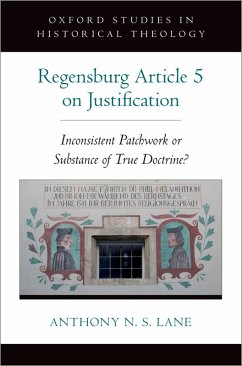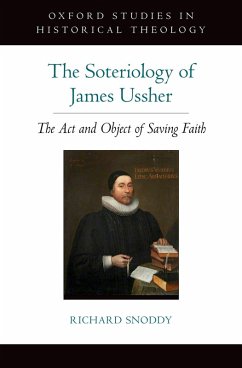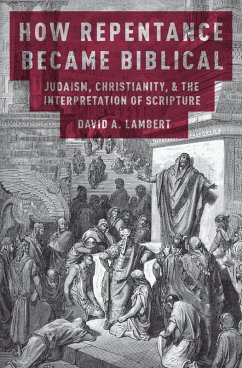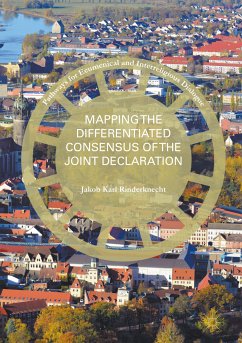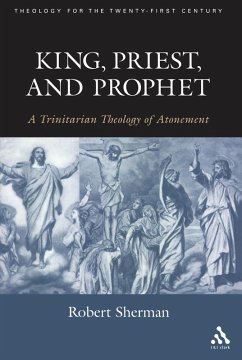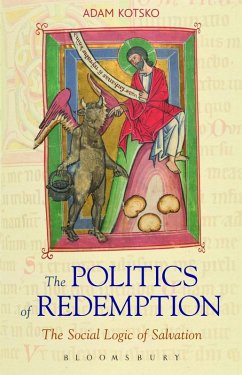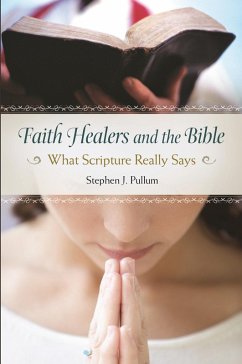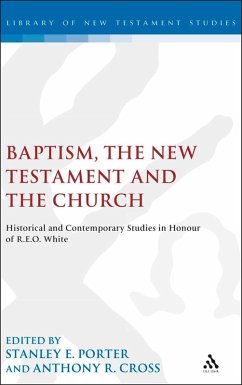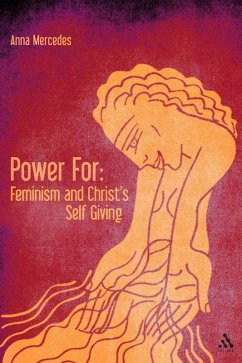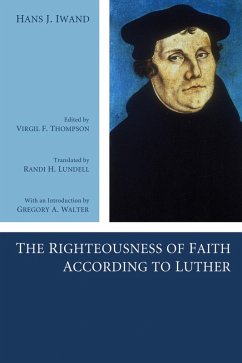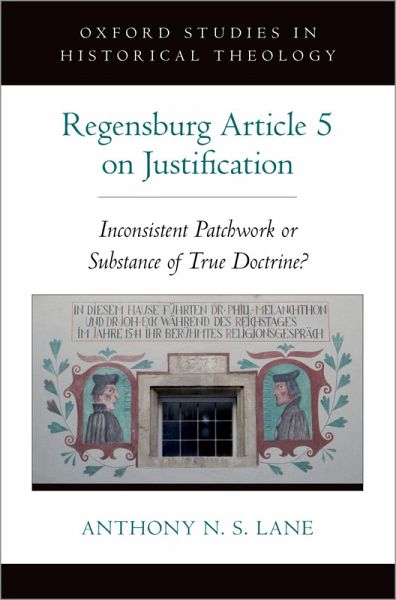
The Regensburg Article 5 on Justification (eBook, PDF)
Inconsistent Patchwork or Substance of True Doctrine?
Versandkostenfrei!
Sofort per Download lieferbar
38,95 €
inkl. MwSt.
Weitere Ausgaben:

PAYBACK Punkte
19 °P sammeln!
The question of the justification of sinners is one of the most complex regions of Christian theology. The Regensburg article on justification proposed a solution that it was hoped would be acceptable to both sides, Protestant and Catholic. In 1541 at the Regensburg Colloquy, three leading Protestant theologians (Melanchthon, Bucer, and Pistorius) and three leading Catholic theologians (Eck, Gropper, and Pflug) debated with the aim of producing a commonly agreed statement of belief. The colloquy as a whole eventually failed, but it began with a statement on justification by faith agreed by all...
The question of the justification of sinners is one of the most complex regions of Christian theology. The Regensburg article on justification proposed a solution that it was hoped would be acceptable to both sides, Protestant and Catholic. In 1541 at the Regensburg Colloquy, three leading Protestant theologians (Melanchthon, Bucer, and Pistorius) and three leading Catholic theologians (Eck, Gropper, and Pflug) debated with the aim of producing a commonly agreed statement of belief. The colloquy as a whole eventually failed, but it began with a statement on justification by faith agreed by all the parties, Article 5", leading to an initial burst of optimism. There were two contrasting reactions to Article 5. Some, like Calvin, maintained that it contained the substance of true doctrine; others, like Luther, called it an inconsistent patchwork. These two rival assessments have persisted over the centuries. The aim of this book is to decide between them. It does so by viewing the article in the light of the publications of the key participants and observers, as well as by comparing it with the Tridentine Catholic Decree on Justification. Anthony Lane puts the Regensburg article under the microscope, offering both a wide-ranging study of the article's history and a line-by-line analysis of its content, presenting the original Latin text together with an English translation and running commentary.
Dieser Download kann aus rechtlichen Gründen nur mit Rechnungsadresse in A, B, BG, CY, CZ, D, DK, EW, E, FIN, F, GR, HR, H, IRL, I, LT, L, LR, M, NL, PL, P, R, S, SLO, SK ausgeliefert werden.




